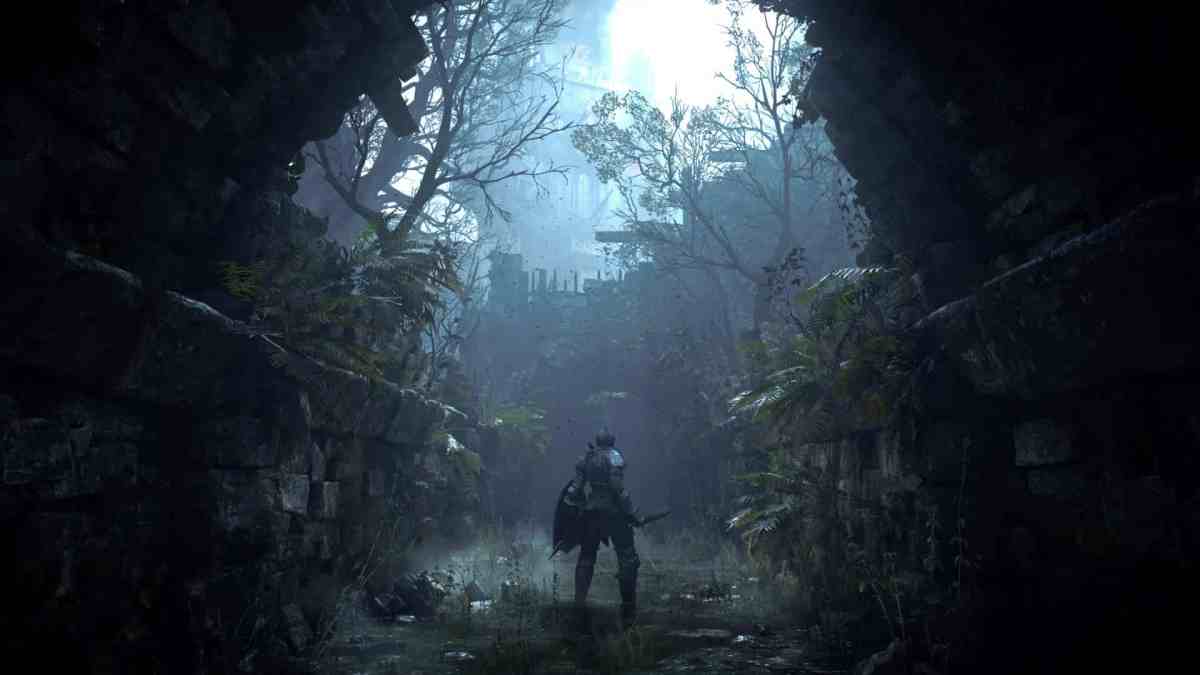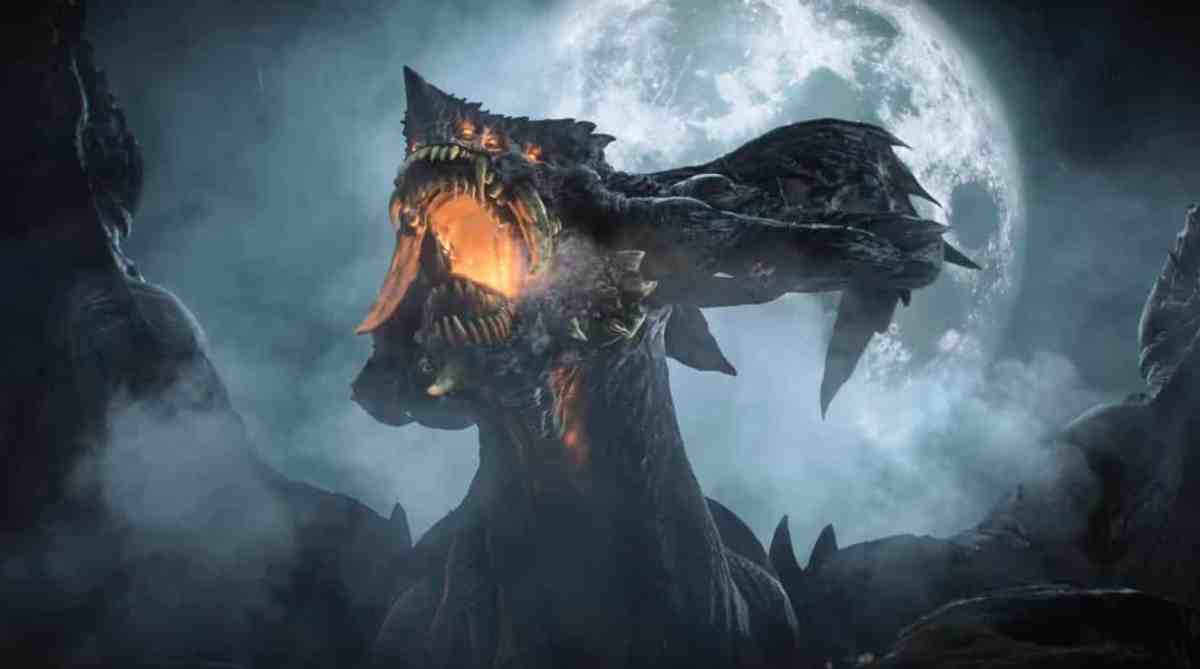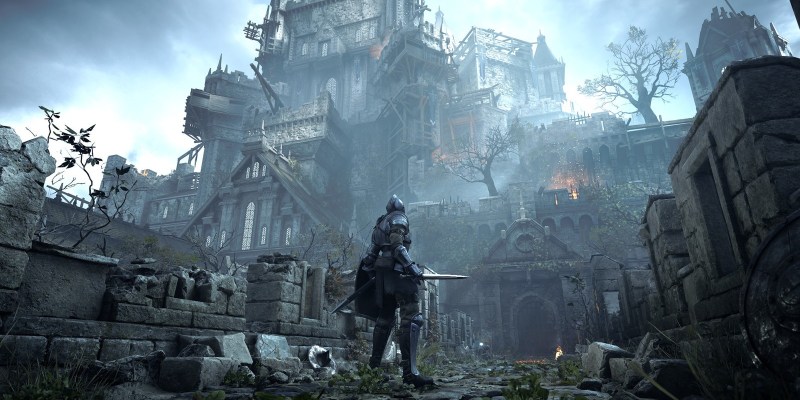Of the many, many exciting moments during Sony’s big PlayStation 5 reveal event, the one that seemed to cause the most commotion in my Twitter circle was the confirmation that a Demon’s Souls remake was in the works from Bluepoint and SIE Japan Studios. It felt perfect having this announcement introduced by Sony’s Shuhei Yoshida, who famously admitted to dropping the ball back in 2009 by not having Sony itself publish the original on PlayStation 3 in the U.S. In the decade since, Demon’s Souls would gain a cult following as the precursor to Dark Souls, which put developer FromSoftware on the map and ushered in a new way that video games are both created and discussed.
But while Dark Souls has become ubiquitous, being ported to PC, updated for the new consoles, and even made portable on Switch, Demon’s Souls remained shackled to the PlayStation 3. Luckily, the PlayStation 5 remake will remedy this, although given the fact that the trailer didn’t have a release window, a 2020 release is pretty unlikely.
To me, Demon’s Souls has always felt like those early movies in a beloved director’s filmography. Take Stanley Kubrick, for example. A lot of us have seen and can discuss 2001: A Space Odyssey, The Shining, or Dr. Strangelove, but it’s much rarer to come across someone with strong opinions on Fear and Desire, The Killing, and Paths of Glory. Yet watching those earlier movies helps form a dialogue and understanding for everything that came afterwards. Similarly, playing Demon’s Souls makes sense of so many of the decisions FromSoftware would go on to make in later games, in terms of which design philosophies were kept and refined and which ones were left by the wayside.
A lot of Demon’s Souls will seem immediately familiar to anyone who’s played the later FromSoftware games. It’s a tough action RPG with a spooky dark-fantasy setting, a minimal story on the outside with deep lore for those willing to dig, memorable and tough-as-nails boss encounters, and methodical gameplay centered around stamina management and learning enemy patterns. However, one major difference is in how the world itself is structured.
All things revolve around an ominous area called the Nexus, which acts as a hub to the rest of the game’s worlds. Think of the Nexus as the center of a bicycle wheel and each of the five domains as its own separate spoke. You’re free to tackle them in any order you want, and if you get stuck on a specific level or tough boss, you can hop over to another line of challenges. There’s a sense of freedom in this that’s missing from the later FromSoftware games.
The bosses in Demon’s Souls felt less like the endurance tests of some of the more memorable Bloodborne and Sekiro foes and more like self-contained puzzles that needed to be solved. I can still remember what it finally felt like to get what I had to do in order to overcome the Fool’s Idol, Tower Knight, or Storm King. That’s not to say these bosses are easy by any stretch of the imagination — the Flamelurker is up there alongside any other FromSoftware enemy that truly tests your skill and determination. But the challenge in most of these bosses requires just as much outside-the-box thinking as it does physical dexterity.
While Demon’s Souls’ stellar art direction still holds up, the technology itself has a tough time keeping up. It still very much looks like a game from 2009 that was reaching beyond its grasp. Official screenshots of the remake released so far show just how gorgeous and atmospheric Bluepoint is making some of the early areas of the game look, and I can’t wait to see how they handle the rest, visually and gameplay-wise.

This news is also super exciting for the talented team over at Bluepoint Games. The Austin-based studio got its start with a series of HD ports of PS2 games primarily onto the PS3, including God of War, Ico, and Metal Gear Solid HD Collection. But they really stepped up their game during this generation, taking the lead on Uncharted: The Nathan Drake Collection for PS4 and 2018’s breathtaking Shadow of the Colossus remake.
With each new release, the studio proved it was capable of delivering more than generic tune-ups of games for new consoles — they were alchemists that could take a beloved experience from a decade ago and make it look like a game that was brand new. And judging from the reveal trailer, Demon’s Souls looks to be its biggest and most impressive project yet.
Although some hardcore purists might not want any change at all, there’s quite a bit that could be tweaked, fixed, and added to the remake to create a more enjoyable experience for both newcomers and longtime fans. First off, quality-of-life changes from Souls games would surely benefit Demon’s Souls, like removing the limited item inventory, allowing for omni-directional rolling while locked on, and adding the ability to pop multiple souls at once.
Also, the arcane and punishing World Tendency system creates a frustrating feedback loop by ultimately making enemies more difficult the more you die. That could absolutely use tweaking, or at the very least more concrete explanation. And of course, reviving and expanding Demon’s Souls’ multiplayer elements, which were revolutionary at the time, is a no-brainer.

Some Demon’s Souls fans are hoping that Bluepoint goes so far as to add in new content that we know was cut from the original game, such as a sixth world that still exists inside the game files and is hinted at via a broken archstone in the Nexus. But given how Bluepoint has stuck pretty closely to the source material content-wise throughout its past games, I’m not holding my breath for that one.
That said, an early version of the official trailer had a description that alluded to something called “Fractured Mode.” That phrase was quickly removed and Sony said that it was an outdated piece of marketing material, but questions over what a Fractured Mode might be still remain. Perhaps an ability to toggle between the remade visuals/mechanics and the original?
Although there are still a lot of questions surrounding the Demon’s Souls remake, the level of excitement and anticipation is certainly not one of them. Given the pedigree of Bluepoint Games and the fact that the game’s a joint production with Sony’s Japan Studios, this long-desired project is in good hands. And with how popular and beloved From Software’s games have become, cementing it as one of the most celebrated developers of the decade, giving folks a way to experience the roots of it all is a fantastic way to usher in the PlayStation 5.
